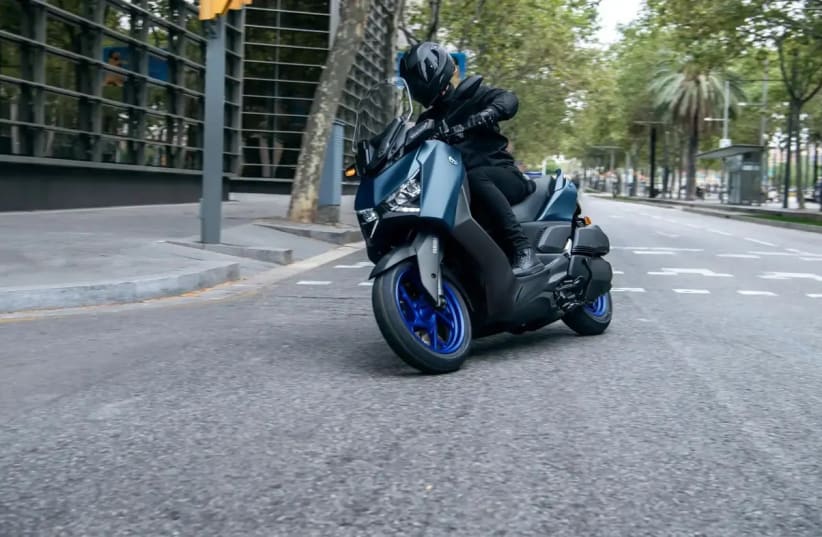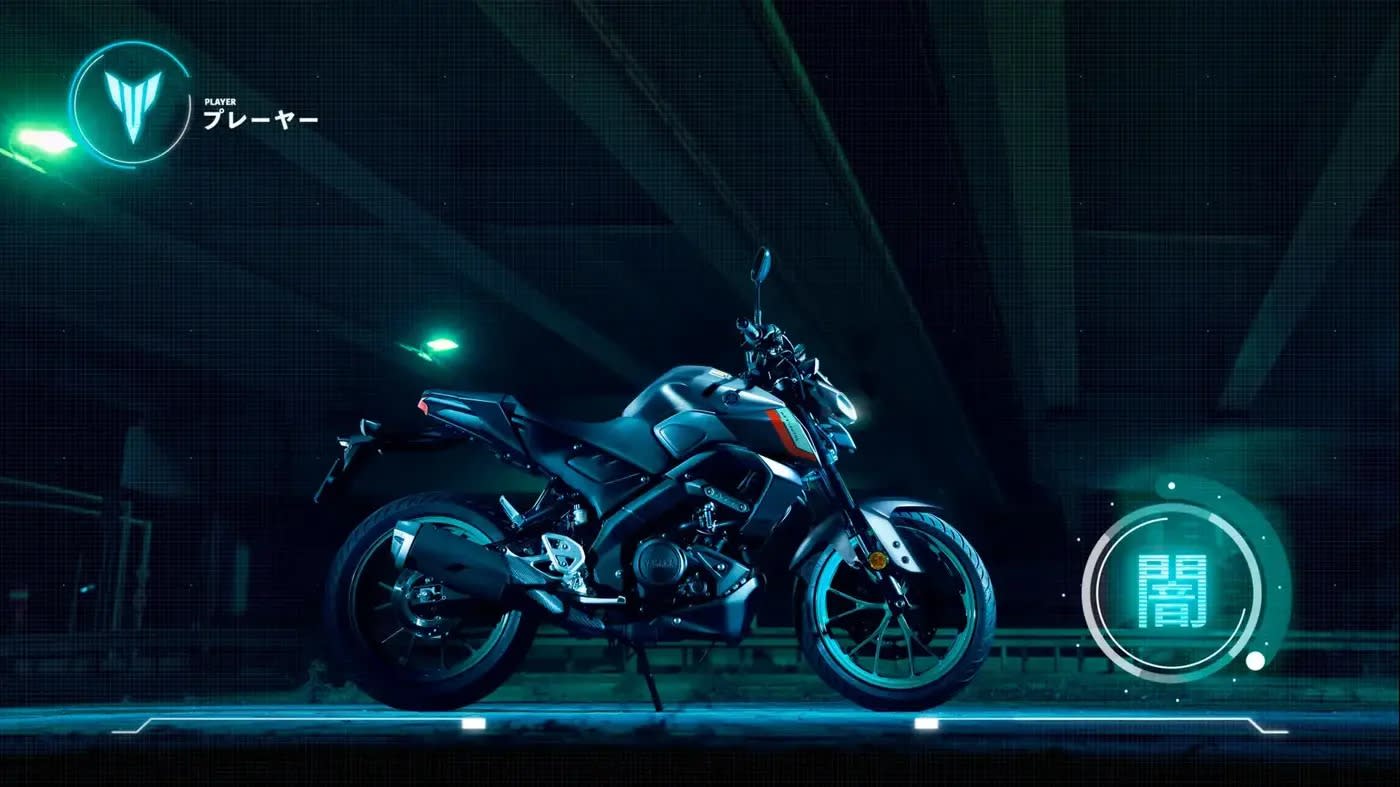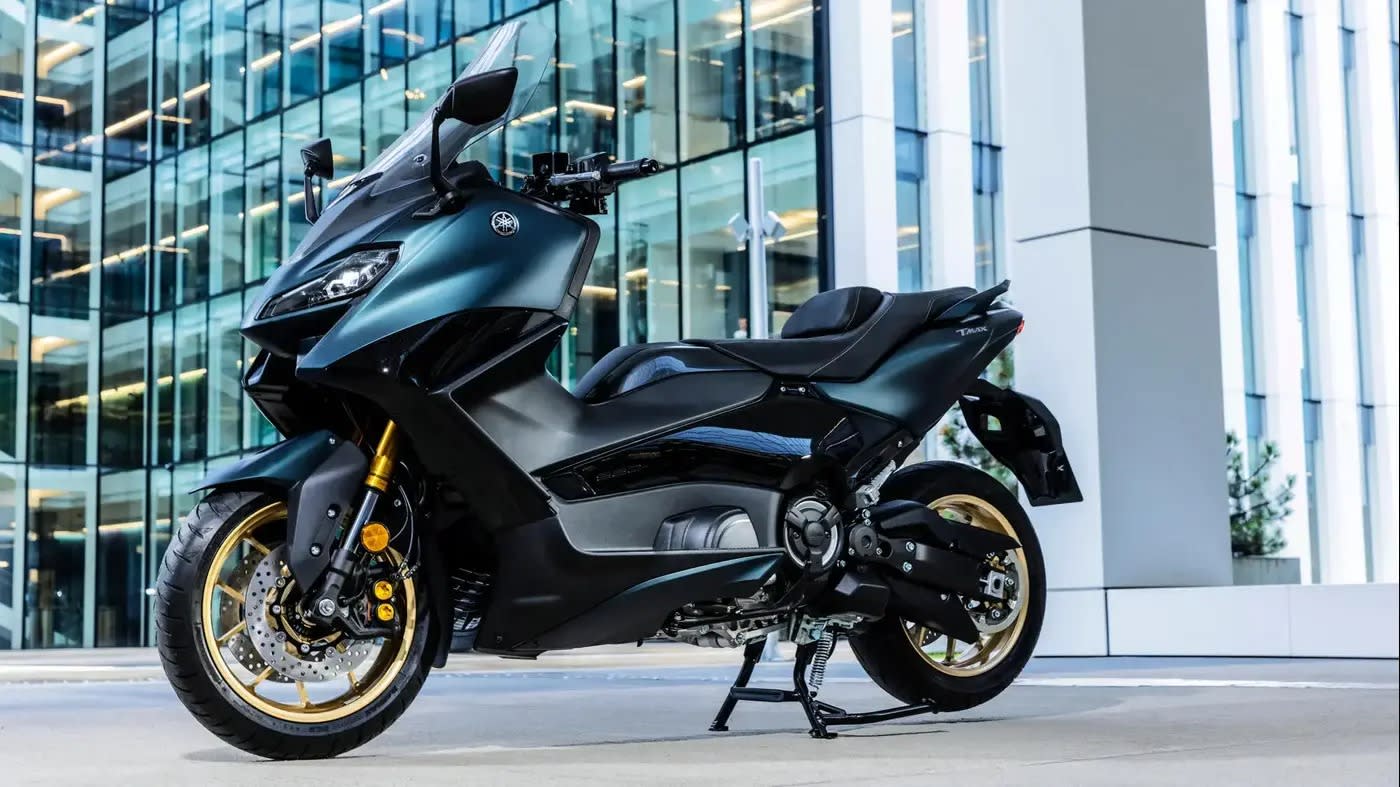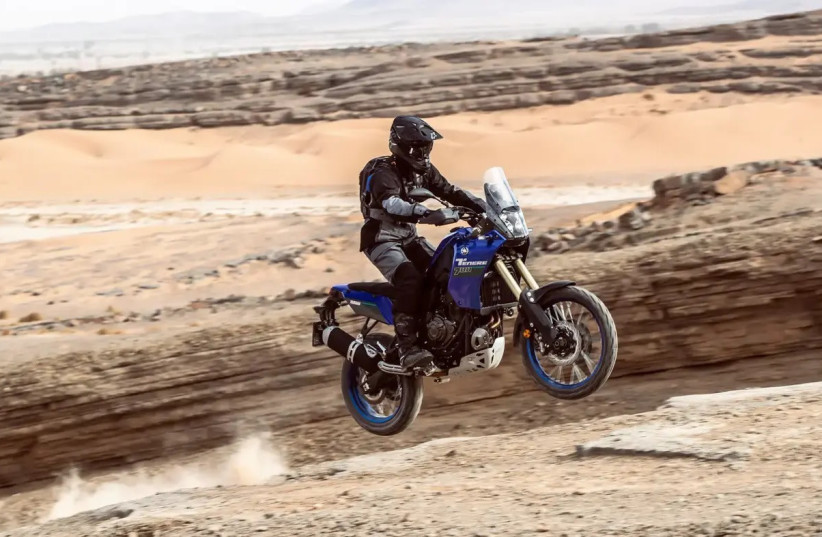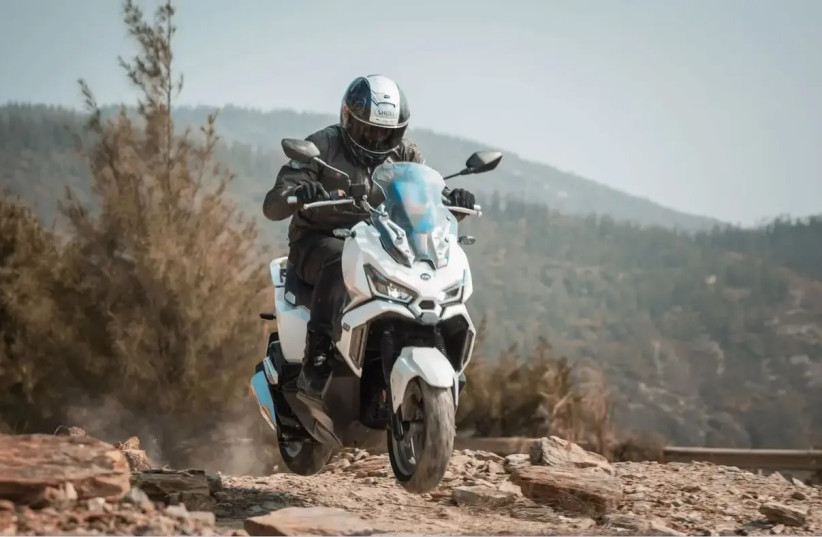How long have you been stuck in traffic today? And yesterday? And the day before? Maybe you have given up and stopped paying attention, or maybe you still believe that the war against traffic congestion in the Tel Aviv area will one day turn into a light rail - for the thousands of Israelis who are frustrated every year by traffic congestion, car prices, and the understanding that normal public transportation is not and will not be here has brought about an evolutionary change - from four wheels to two.
In 2022, while four-wheeler car sales declined by 9.8%, two-wheeler sales increased by a modest rate of 1.2%. Taking into account the shortage of new vehicles at all two-wheeler importers, due to the same reasons that affected the car market, shortage of chips and raw materials, this is a commendable achievement.
In the past year, 21,208 scooters and motorcycles hit the roads of Israel, with the latter accounting for 37%, a significant increase compared to the previous decade, which also shows that more Israelis are choosing two-wheelers for long trips and leisure, to the delight of importers and tax authorities, as these are more expensive vehicles.
Metro Motor, the importer of Sangyong, Yamaha, and Kawasaki, continues to lead the market with a share of 47% of motorcycle sales, ahead of Meir (Honda) with 20%, Ofer Avnir (Kimco, Piaggio, Suzuki) dropping to third place among importers with 17%, Dalv (KTM) with 6%, and Delk Motors (BMW) with 2%. Here is the breakdown by brands:
1. Sangyong (5,348)2. Honda (4,166)3. Yamaha (3,465)4. Kimco (2,109)5. KTM (961)6. Kawasaki (810)7. Piaggio (639)8. BMW (403)9. Husqvarna (292)10. BETA (185)11. Suzuki (161)
Metro holds 57% of the motorcycle market, which stood at 14,016 vehicles in the past year. Yamaha and Sangyong focus on the edges of the market with small and relatively cheap vehicles like Yamaha's DELIGHT 125 (here in March and priced at 15,000 shekels) and Sangyong's ADX 125 arriving in the third quarter.
On the other hand, with the top end of expensive vehicles like the TMAX, more than 1,000 units were supplied this year, with sales starting in May. Still, Tomer Komarov, CEO of Metro, says, "The overall potential this year was much higher. There is a lack of about 1,000 vehicles, most of them NMAX and XMAX models from Yamaha".
Regarding forecasts, Komarov estimates that market growth will continue in 2023 despite rising interest rates and economic uncertainties. "The reasons that led to growth in 2022 have not changed: traffic conditions on the roads, car prices, rising fuel costs, and the absence of a clear horizon for reliable and adapted public transportation. What could give a significant boost to the market and the freedom of movement of many Israelis is a regulatory change in driving licenses that would allow riding vehicles with a 125cc engine capacity even without a specific two-wheeled license, as is the case in many European countries".
At one point they don't really identify a place for improvement - the penetration rate of electric tools to the market. In contrast to the automotive market, which has already succeeded in reaching 10% electric vehicles this year, in the two-wheeled market the penetration rate does not exceed 2% - hundreds of units out of a market of more than 21,000 units. At present, Metro has two electric brands - ZERO and Gogoro, which offer scooters in a package deal that includes a two-month subscription fee in exchange for battery usage.
Another inhibiting factor will be their assessment of the process of exchanging ministers in relevant ministries such as Transportation, Finance, Internal Security, and others who are supposed to be part of the process to promote the use of two-wheelers with the importers' association behind it.
Regarding new models that were seen during 2023, there were no major breakthroughs. The COVID crisis and economic uncertainty have led two-wheeler manufacturers to freeze, cancel, and rethink the process of developing new models, and due to the fact that these cycles last between 3-5 years, a "void" is created in the pace of model introductions.
So in terms of new models at major manufacturers, the news is modest, the Yamaha DELIGHT that we have already mentioned is a retro 125cc scooter that will be added to the company's offerings. The XMAX duo in 125cc and 300cc receive updates in design and equipment. The MT07, MT125, and Tracer get only a 5-inch screen, the Tenere 700 also gets the new screen alongside 3 ABS disconnect modes for off-road riding and an A1 version for restricted license holders. For long-distance tourers, the Tracer 9 GT+ is added with panniers, a more comfortable rear seat, a 7.2-inch screen for the first time at Yamaha - adaptive cruise control. The Niken - the innovative three-wheeler receives an equipped GT version and along the way a series of engine improvements that are supposed to give it more power and flexibility in low-speed handling.
On the more popular side of things, the Sanyang won't let the trend of small scooters with a futuristic look pass by without grabbing a piece of the action, joining the celebration with the ADX125. With a combat design that includes a high windshield, plenty of black plastic, off-road tires, and non-standard equipment such as a keyless cargo opening and ignition.
